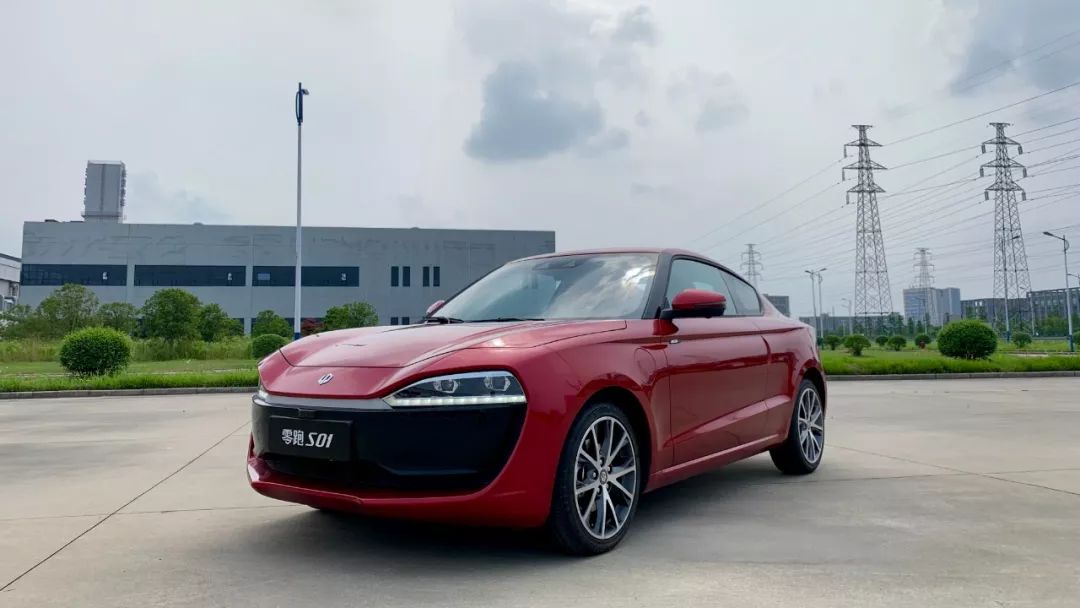Smart Electric Vehicle Market is Growing
The market for smart electric vehicles is getting hotter, but for young people who are not financially well-off, there is no essential difference between 2019 and 2016: SUVs are the most popular among all car types. Almost all companies are doing SUVs in clusters, marginalizing the young people who value driving pleasure.
The price cannot be too high, and the model must be niche and interesting. The two-door, four-seater LI ONE S01 Coupe seems to be tailor-made for this group of people. However, LI ONE is a new car manufacturing company, and S01 is LI ONE’s first car. Can LI ONE be trusted?
On May 27th, full of curiosity, I came to Hangzhou to conduct a dynamic test drive and static experience of the first model of this unique brand.
LI ONE S01 has a total of two endurance versions, 380 version and 460 version, with corresponding endurance of 305 km and 380 km, respectively. Each endurance version corresponds to two configuration levels, a standard version and a Pro version. The difference between the two is mainly in some comfort configurations and auxiliary driving. After subsidies, the selling price ranges from RMB 109,900 to RMB 149,900. The model of this test drive is LI ONE S01 380 Pro version, which has a selling price of RMB 129,900 after subsidies and is equipped with 17-inch wheels (optional price of RMB 2,000).
The 380 version will start mass production and delivery at the end of June this year, and the 460 version will start mass production and delivery by the end of this year.
By the way, the test drive vehicle we got was not the final production version, so many details will still be adjusted. Next, let’s take a look at the appearance.
Different Opinions on Appearance
We won’t elaborate on the appearance design of LI ONE S01, let’s just look at the pictures. The body size is 4075 * 1760 * 1380 mm, the wheelbase is 2500 mm, and the ground clearance is 120 mm, similar to Mazda MX-5 and Subaru BRZ.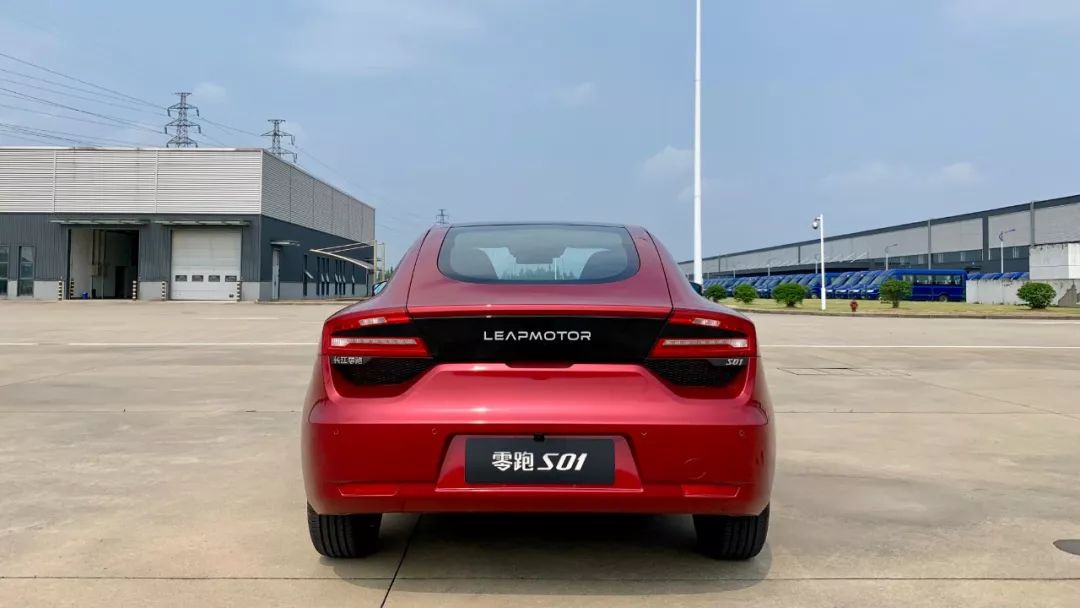
Compared with the same level Coupe model, the overall height of S01 is slightly higher by 100 mm. The main reason is that electric vehicles need to install a battery pack underneath the chassis. However, in order to ensure interior space, the whole vehicle is forced to be raised slightly.
Let’s take a closer look at some details.
The headlights of S01 are of full LED light sources. The LED daytime running lights below and the LED light strip in the center of the front of the car can form a continuous light band, which has a very high degree of recognition. Moreover, during charging, the LED daytime running lights will light up different lengths according to the amount of electricity, which creates an interactive message with the owner.
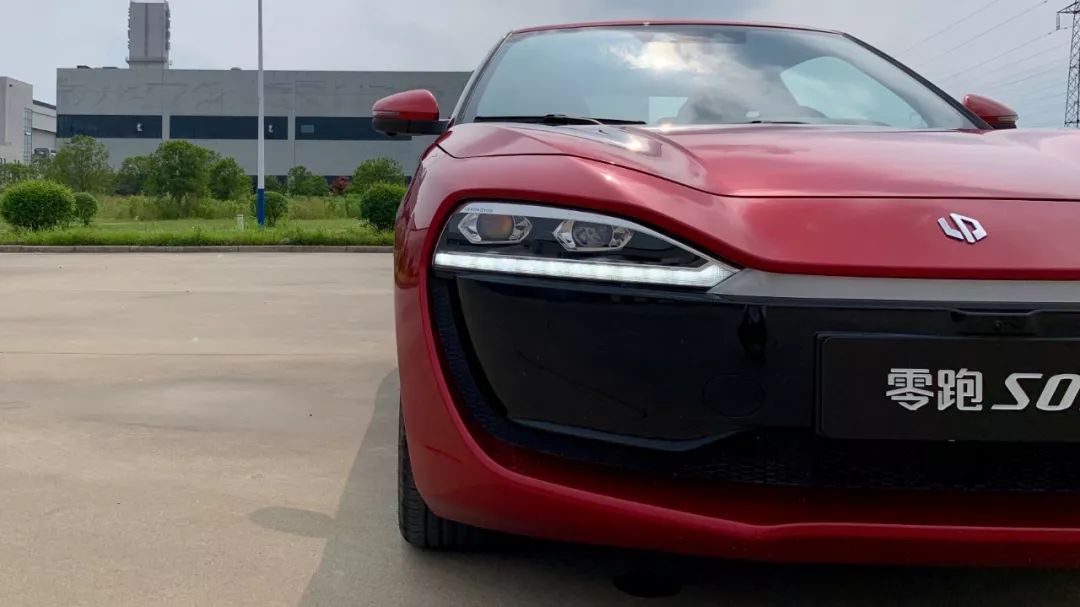
The slow charging port and the fast charging port are located on the left and right sides of the front of the car respectively. Compared with being placed at the rear of the car, the convenience will be somewhat reduced when used in crowded parking spaces. Fortunately, the size of the S01 body is relatively small, which alleviates this problem to a certain extent.
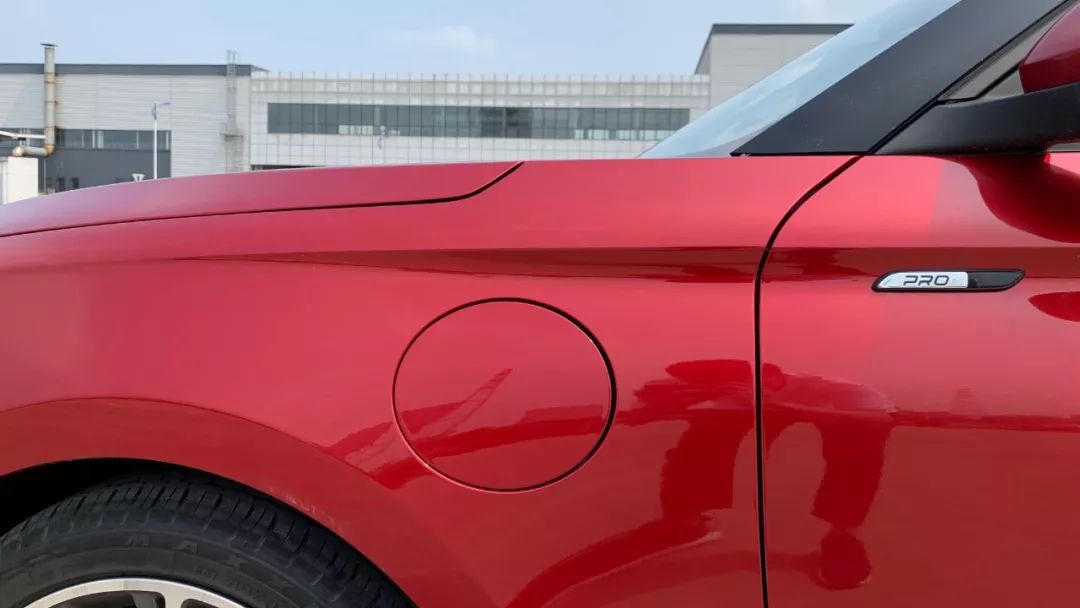
There are two cameras on each of the left and right side mirrors of S01. One is a panoramic camera and the other is a blind spot monitoring camera, which is also one of the hardware parts of the auxiliary driving system.
The clarity of the several cameras around the S01 is very high, and the distortion and stitching of the 360-degree panoramic view are done very well. With this 360-degree panoramic view and the size of the car body, even novices will not have any pressure when parking.
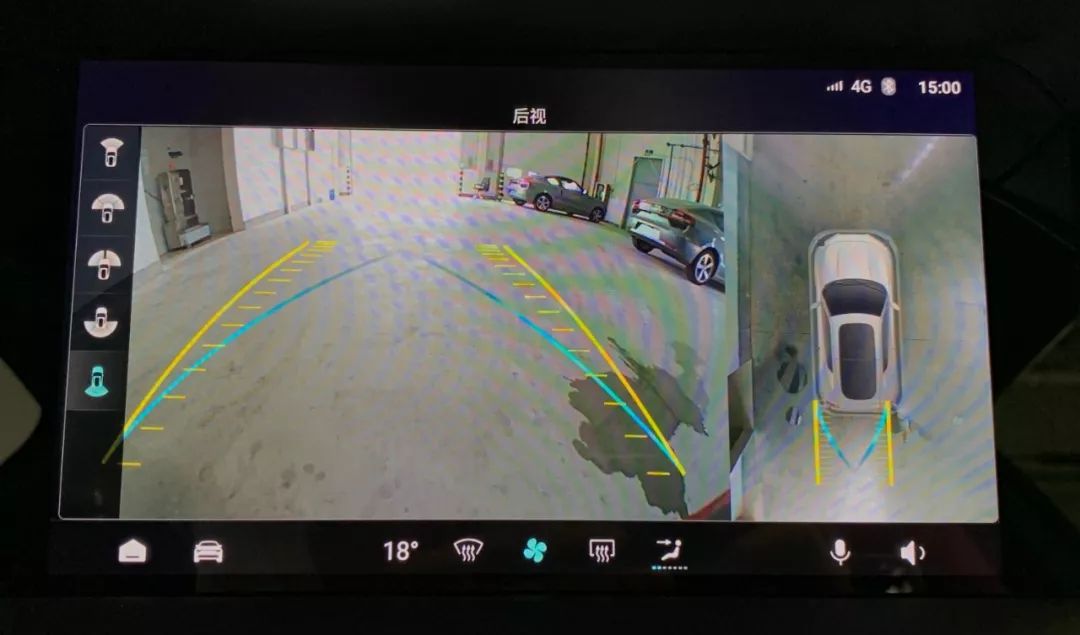
The opening method of the main driving door of S01 is very unique. The door handle integrates a vein recognition device, and the door will only open automatically after the finger is placed in the sensing area and removed.
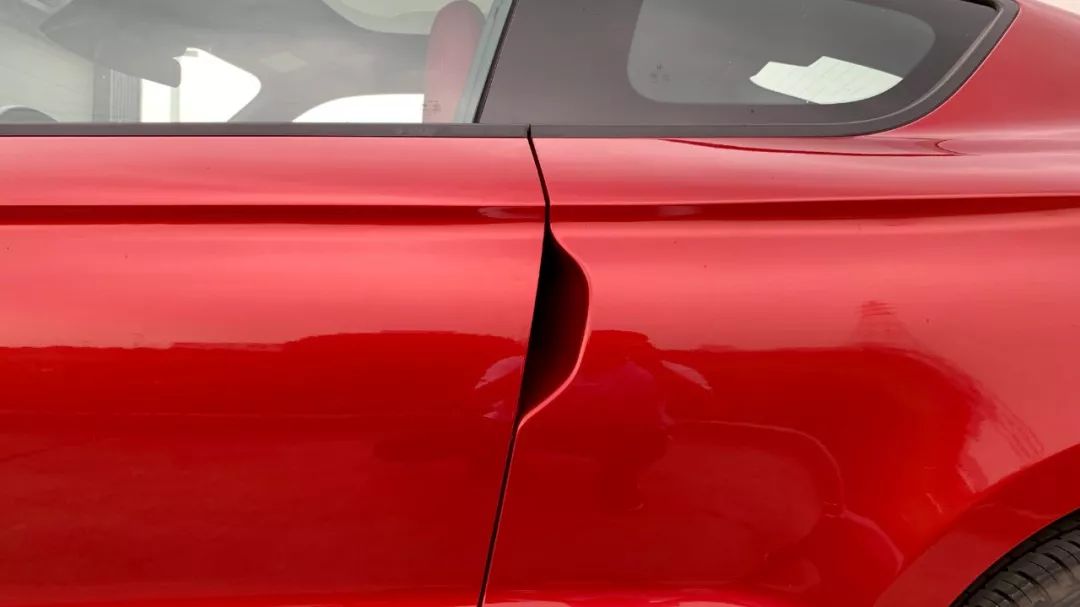 After entering your vein patterns into the system, you can unlock the vehicle by simply placing your finger on the handle, without the need for a key. The technology behind this comes from Dahua Technology, the company behind the SERES brand. Compared to fingerprints, vein patterns cannot be replicated and therefore achieve the ultimate level of security, making it the first vehicle that can be unlocked using vein patterns.
After entering your vein patterns into the system, you can unlock the vehicle by simply placing your finger on the handle, without the need for a key. The technology behind this comes from Dahua Technology, the company behind the SERES brand. Compared to fingerprints, vein patterns cannot be replicated and therefore achieve the ultimate level of security, making it the first vehicle that can be unlocked using vein patterns.
However, after experiencing it, I found that there are two small issues with unlocking the vehicle using vein patterns:
Firstly, vein pattern recognition is inductive, which means you need to place your hand into the handle’s inductive area before moving it away in order for the door to open automatically. Compared to the traditional physical way of opening a door, this requires a learning and adaptation process.
Secondly, the success rate of vein pattern recognition is not yet close to 100%, so not every attempt to use it would be successful in opening the door. Compared to other vehicles, this does affect the user experience to a certain extent, but the manufacturer states that this flaw will be resolved in the mass-produced version.
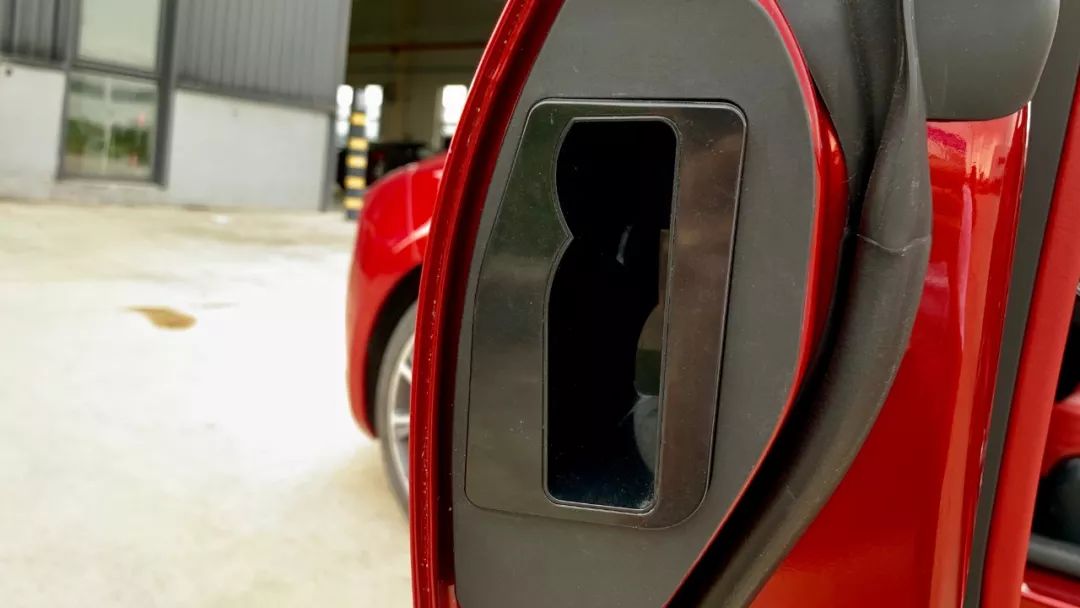
The roof of the SERES S01 is a panoramic sunroof that extends all the way from the front to the rear windshield. The lighting and sense of space inside the car are both really good. As a young person’s big toy, the panoramic sunroof is a romantic and mood-boosting addition that I really needed.
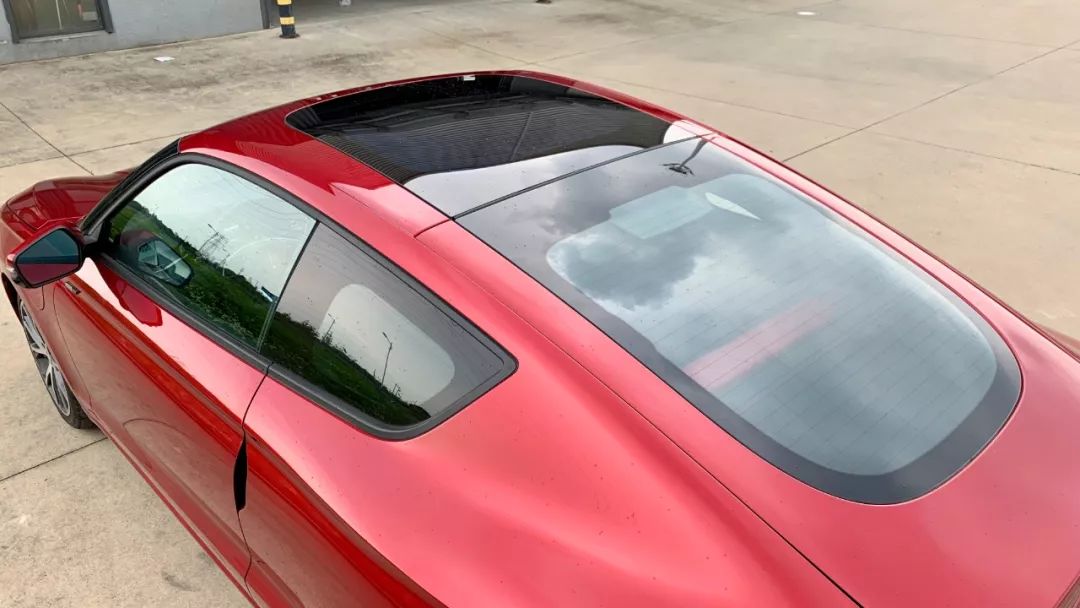
Coupes can also have practical space
After looking at the exterior in black and red, let’s take a look at the interior. The interior of the SERES S01 Pro model features a black and red clashing design. The entire center console is wrapped in soft leather, and the black leather is accented with red stitching, complemented by pure red seats, and a classic sports style. It is a great fit for young people.
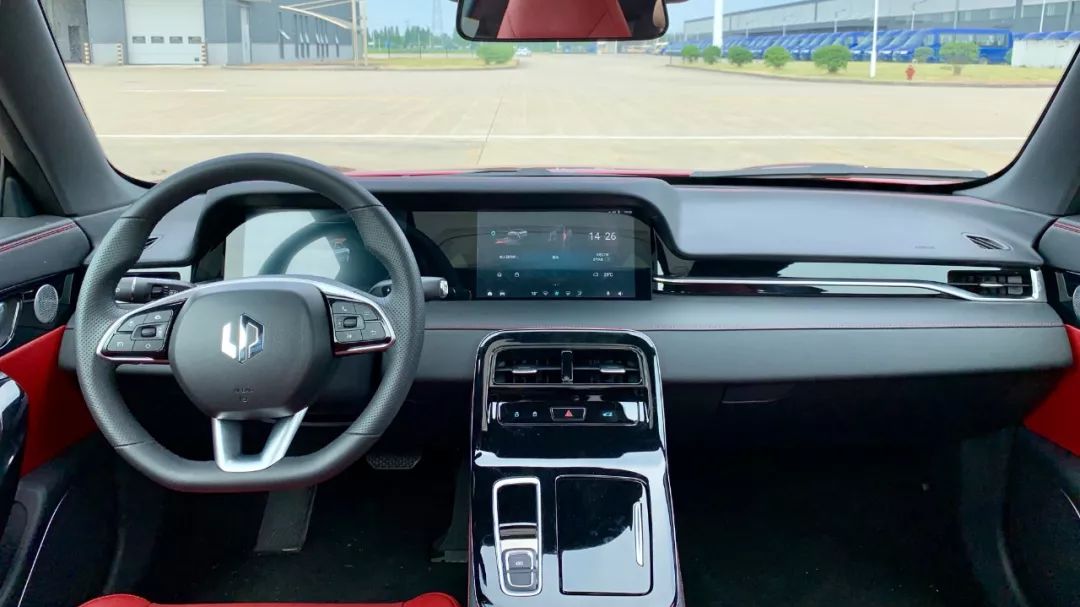
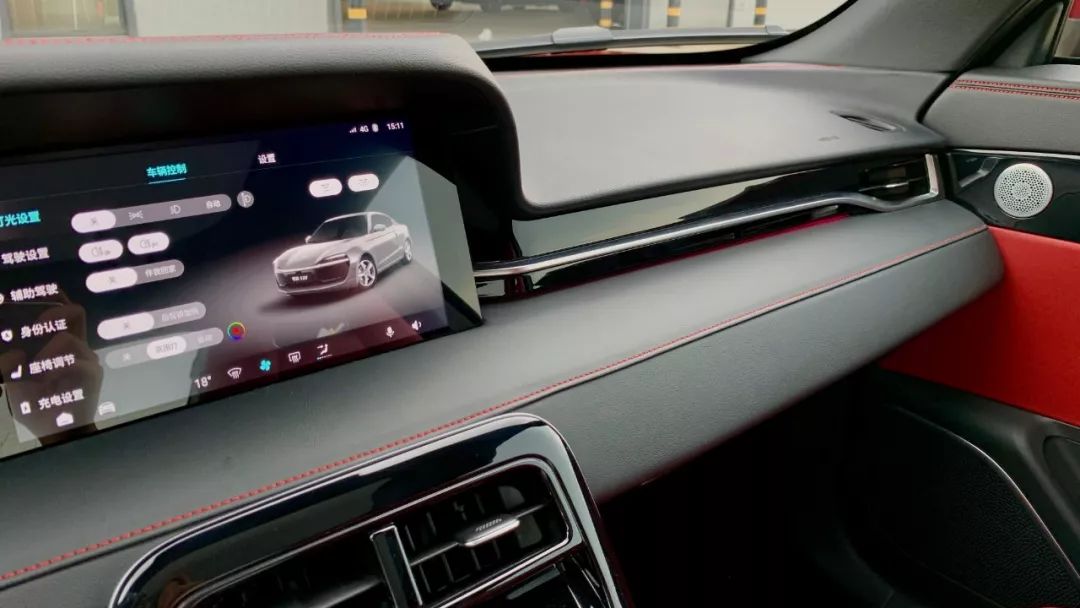
Although the S01 is a two-door, four-seater model, the coupe design means it’s difficult for adults to sit in the second row, but it’s still very suitable for placing backpacks, and the two rear seats can be fitted with ISOFIX child safety seats.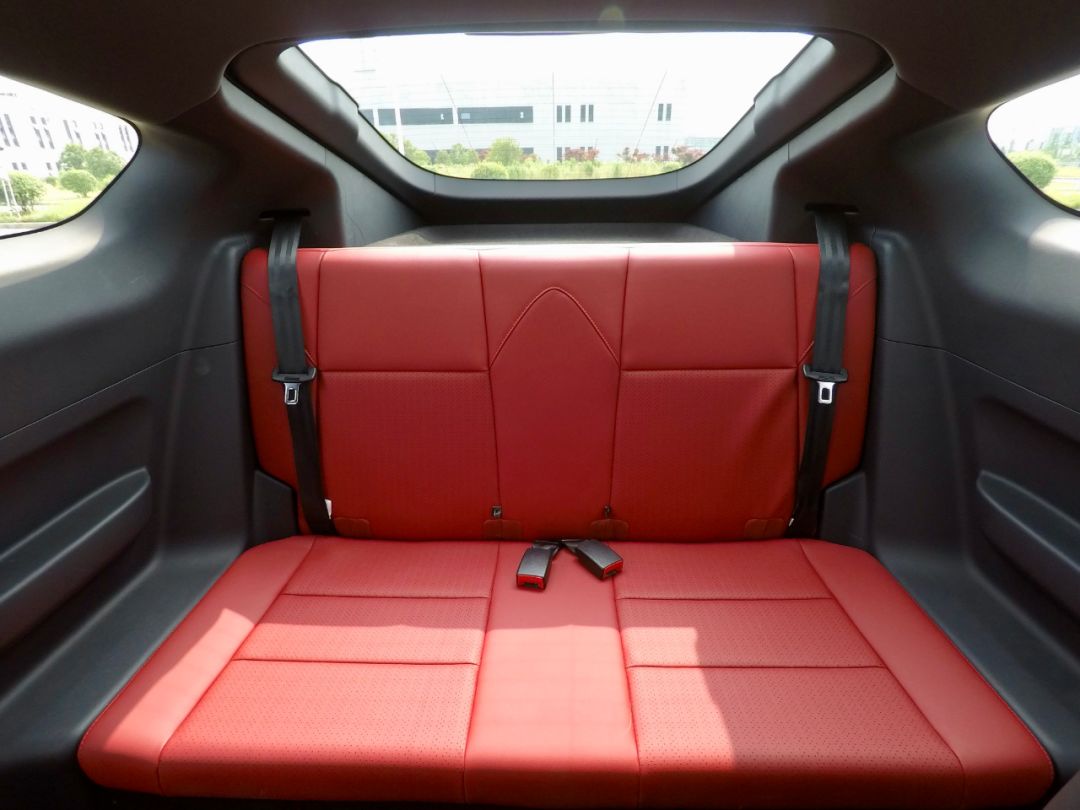
Front-row space is not a problem at all, the seat is an integrated seat, with delicate leather texture, moderate softness and hardness, and the support and wrapping of the backrest are also very in place. However, the height of the front end of the cushion is low, and the long-distance driving will feel a little insufficient to support the thighs, but who takes this car for long-distance driving?
The storage space of the interior of the Seres SF5 is very rich, the storage compartment on the center console can hold an iPhone XR or smaller size smartphones, and it is very handy to use. There are also two cup holders at the back.
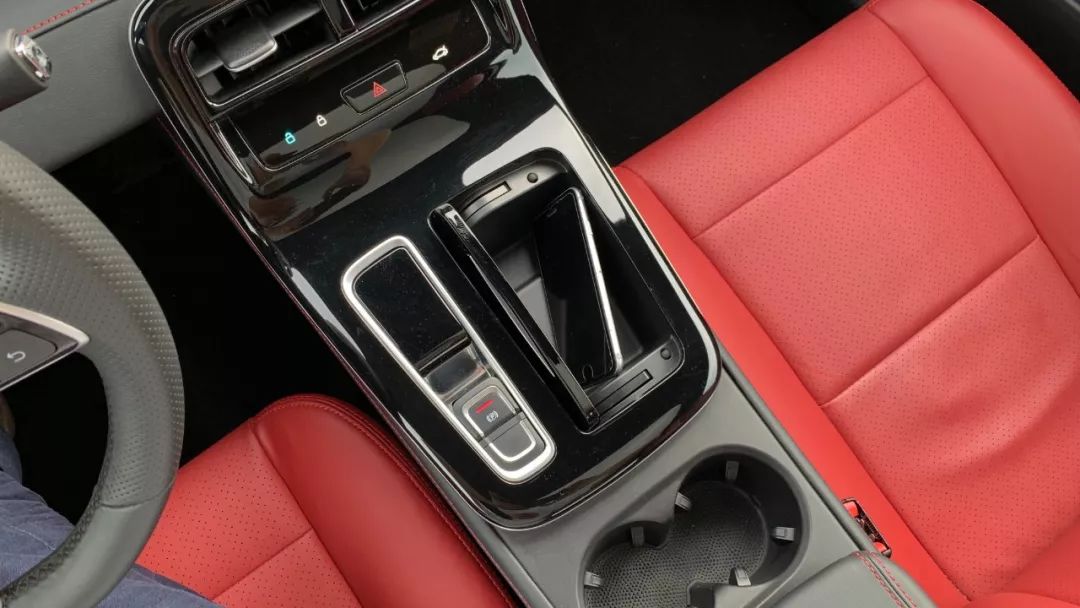
The glove compartment behind the cup holder has a lot of space, and there is also a huge hidden compartment inside the glove compartment. The area below the center console is also an empty space for large storage.
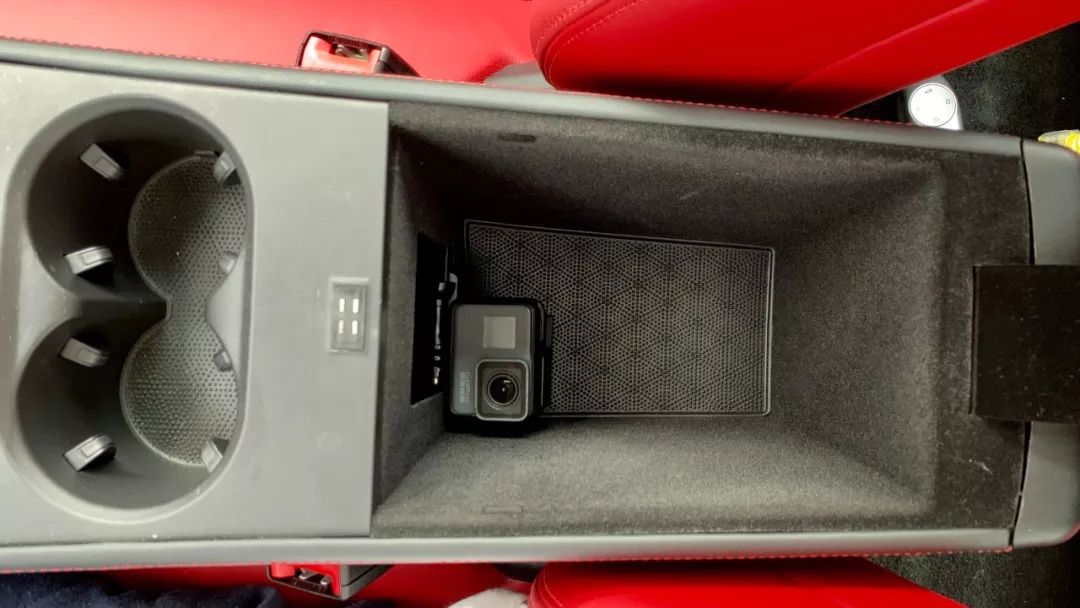
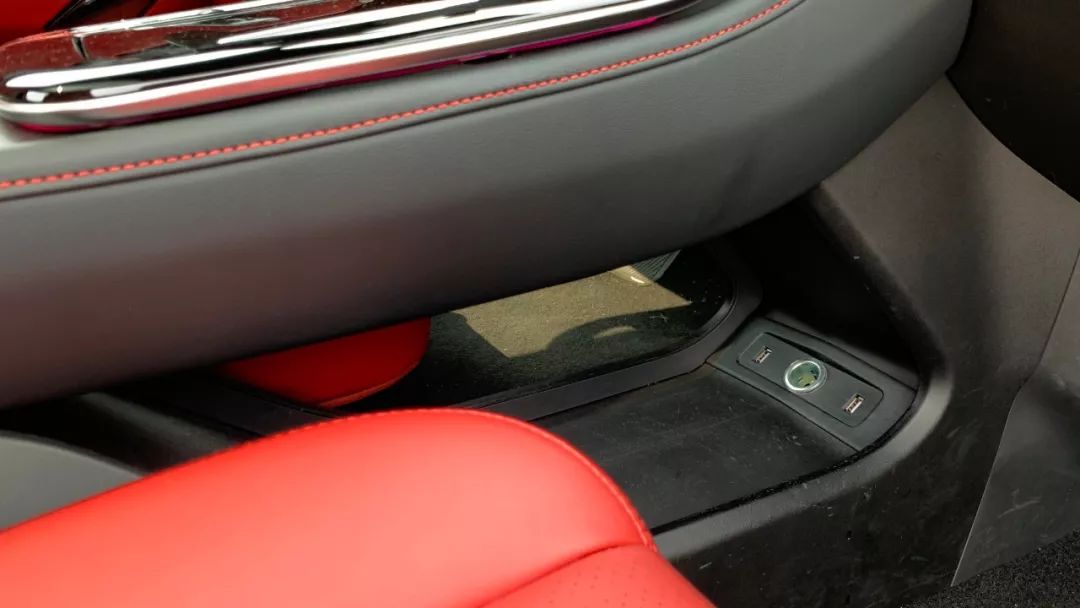
There are also storage compartments on both sides of the car door, but after closing the door, the opening of the entire storage compartment is mostly covered, and the width of the storage compartment is relatively narrow, can only accommodate items such as smartphones and wallets, which reduces the practicability to a certain extent.
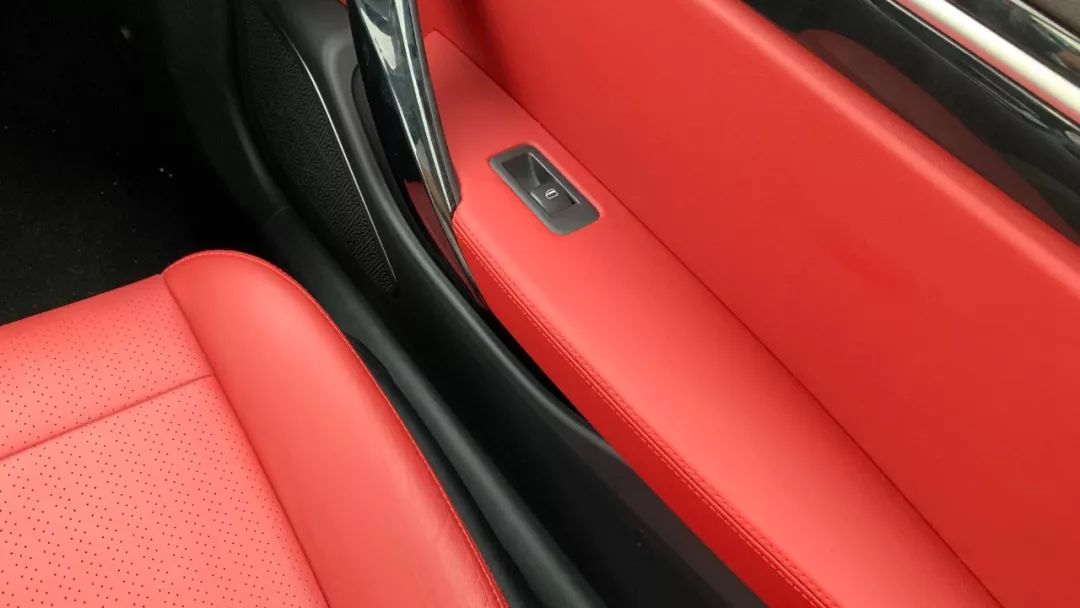
The space of the trunk is very regular, enough for daily use. If there are more luggage, you can also fold down the rear seats, and then the trunk capacity will expand from 237 L to 690 L. However, one thing to criticize is that the trunk of the SF5 can only be opened through the in-car button, in-car voice or car key control, and cannot be opened from outside without the key, so the convenience of use is somewhat reduced.
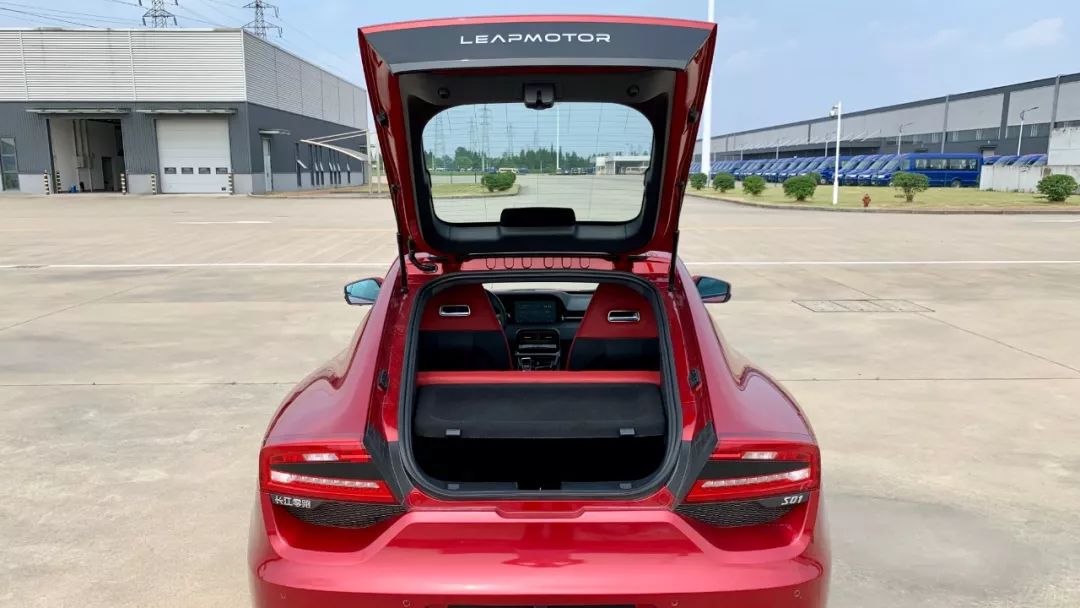
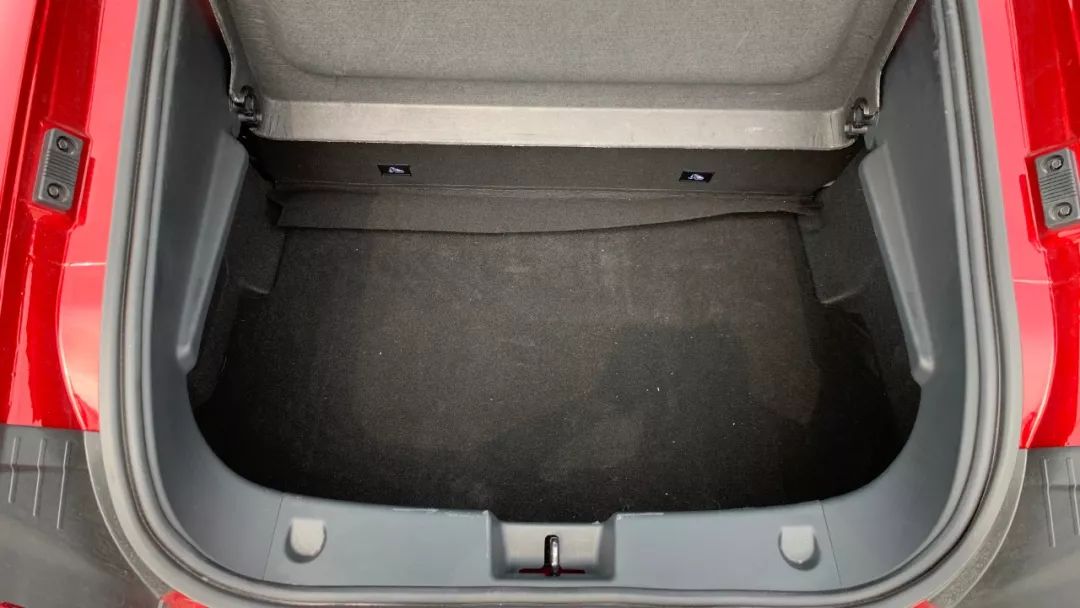
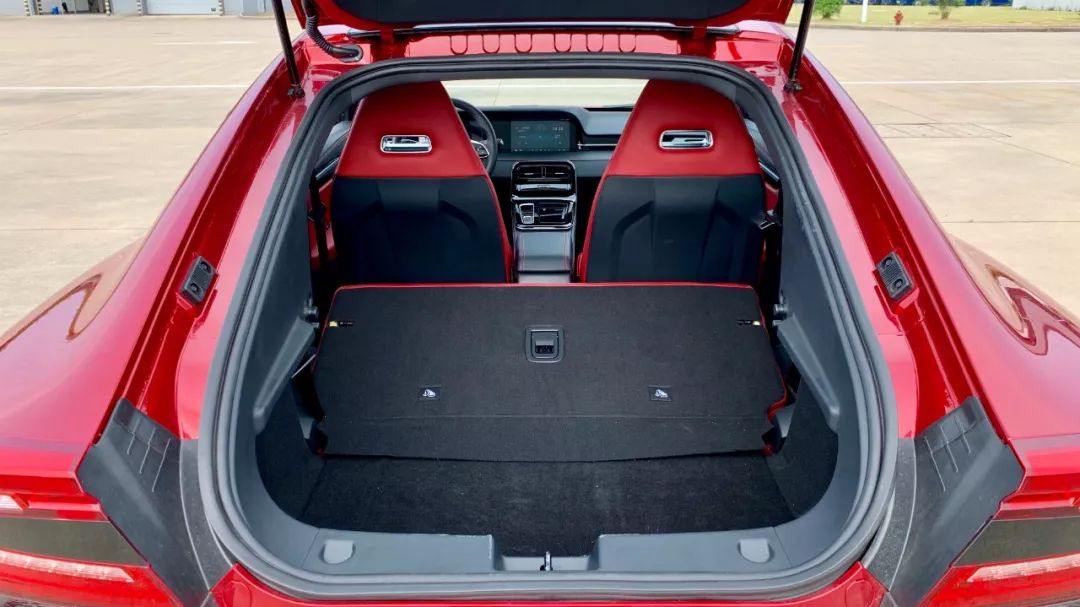
Leap On: A heartwarming car design
After introducing the basic interior, I want to talk about the car’s multimedia system, which, although not the final production version, still left me with a good impression of the system’s framework.
S01 car system is built based on Android, which has been deeply optimized by Leapmotor for in-car use. The hardware aspect includes a 10.1-inch instrument display screen and a central control screen, both with a resolution of 1280 * 720, and the touch screen experience is very smooth.
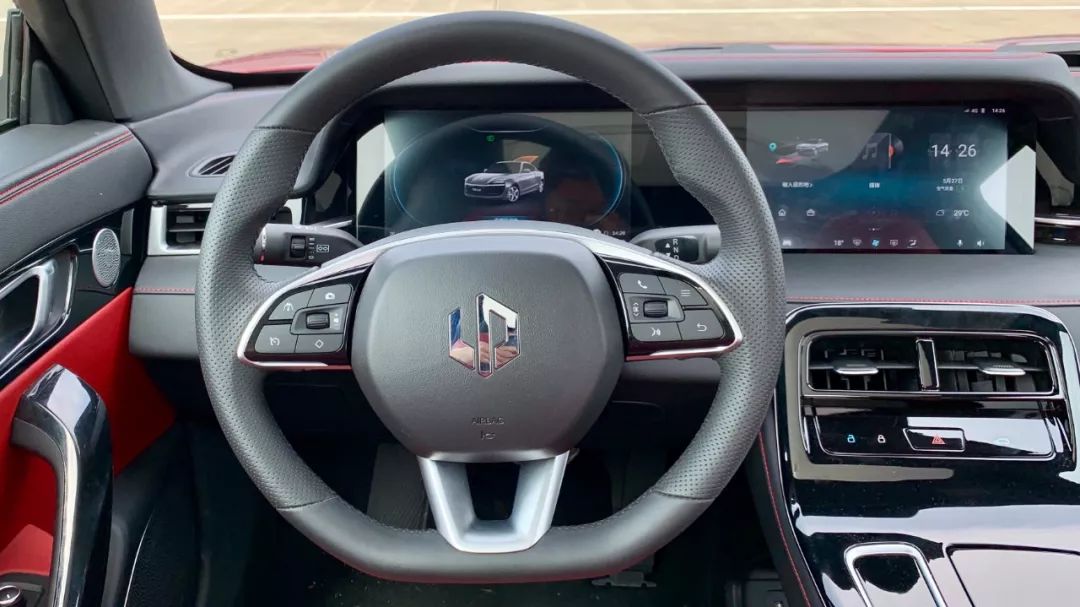
The main interface style is very Android-like, and Leapmotor’s multimedia includes three parts: online music/Bluetooth music, Himalaya FM, and radio functions. The underlying data of the online music software is provided by the Aitinqin joyo car music platform. The navigation system is provided by Gaode, which is very easy to use.
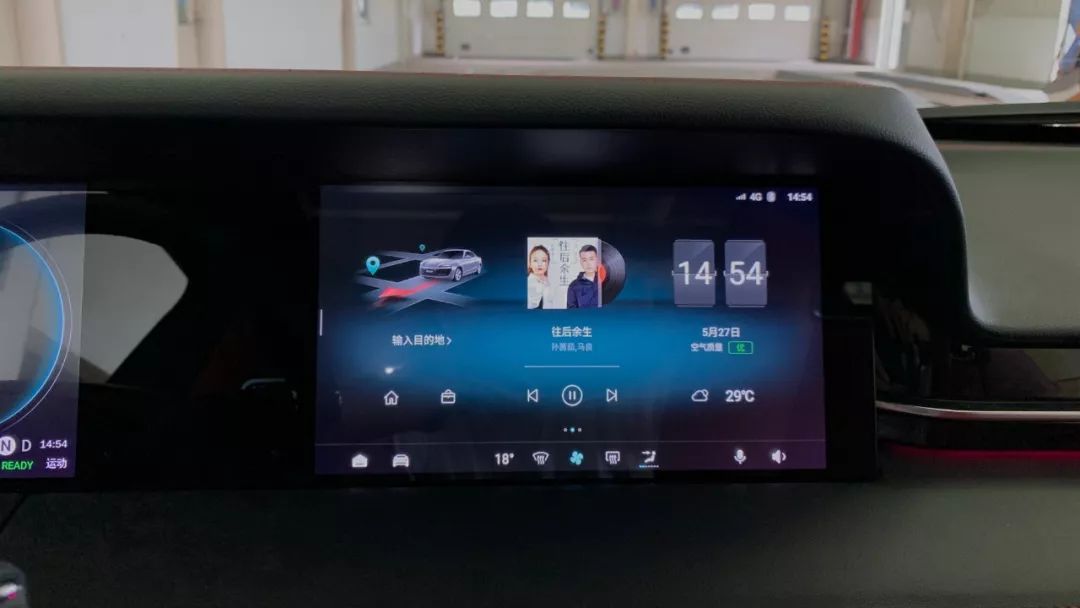
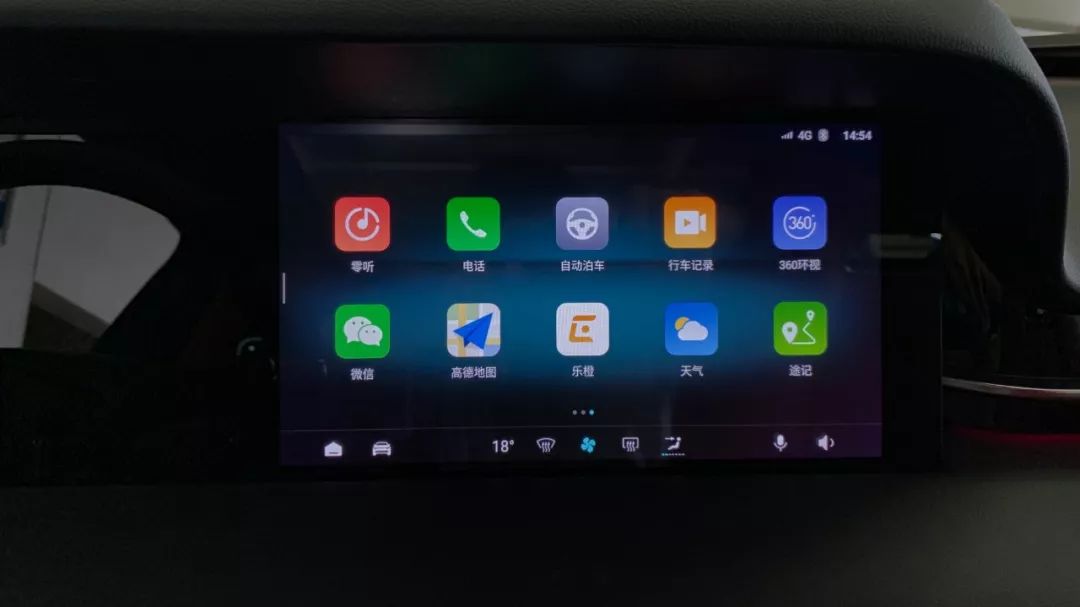
Leapmotor S01 is similar to Tesla in that it eliminates most of the physical buttons in the car. There are only four fixed touch buttons near the central console.
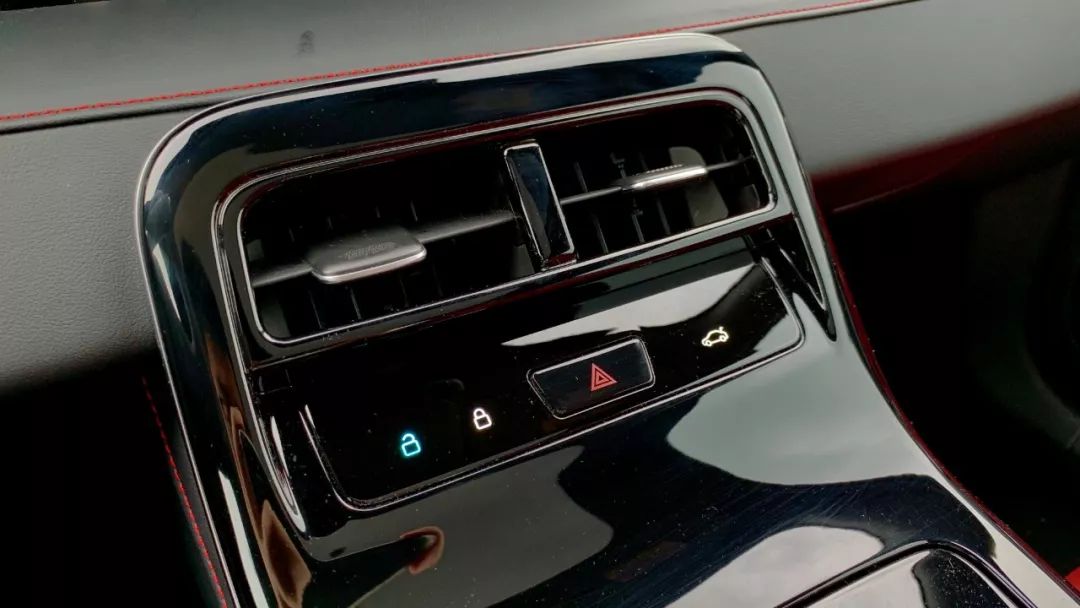
But I didn’t feel inconvenient during car use because it has removed most of the physical buttons. The main reason why is the two icons on the left side of the Dock bar on the central control screen.
The two buttons on the left side of the Dock bar are the return to the main interface and vehicle settings. In practical use, these two buttons are used very frequently, and the lower-left position is also the closest to the driver, which can be touched with just a stretch. Through the icon of the car, users can quickly enter the setting interface.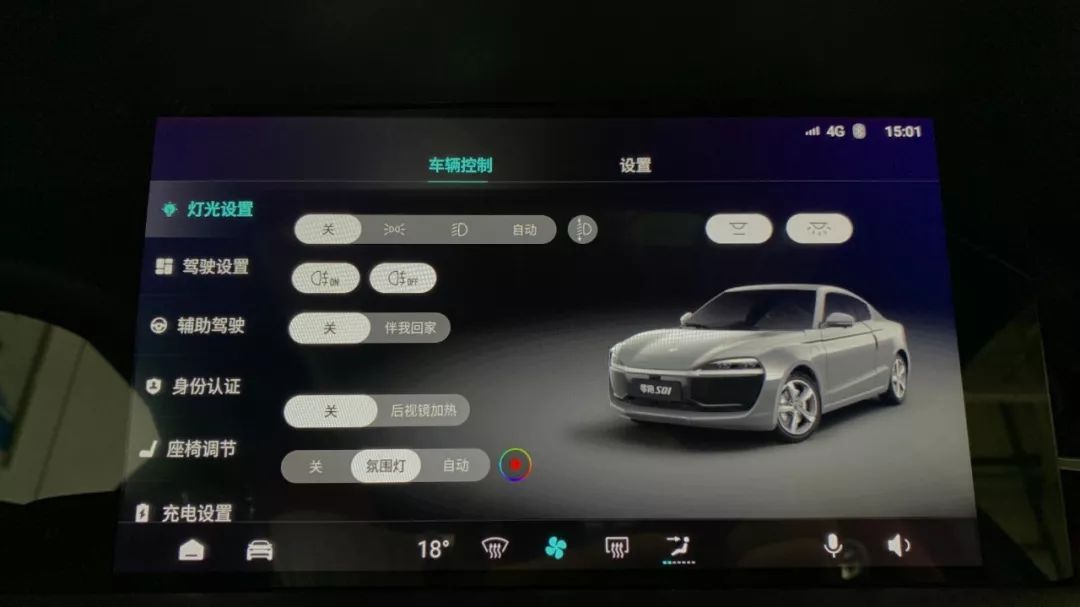
The category of the vehicle control interface is very clear, and I can find the settings I want to adjust at the first glance. Moreover, the vehicle control and system settings are divided into two categories at the top, which is very convenient to select.
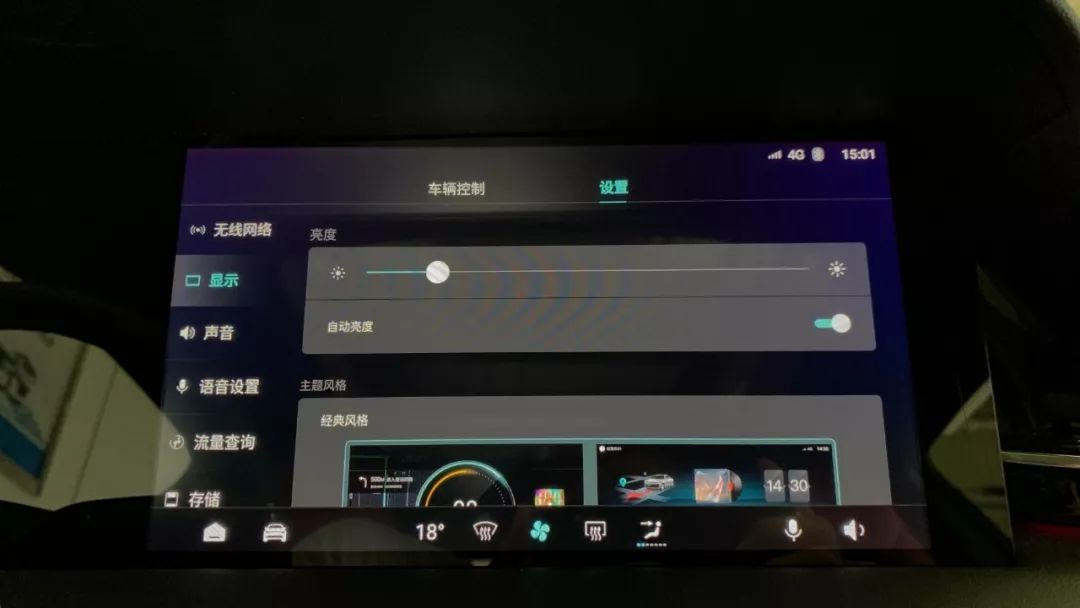
For functional things, I will not go into too much detail and only highlight two settings.
First: ZERØ’s in-car system allows setting the charging power. Recently, electric cars catching fire due to overcharging have become a concern. This feature is useful, but among the electric vehicles in the market except for a few models such as Tesla, there are very few cars that can set the charging power in the in-car system.
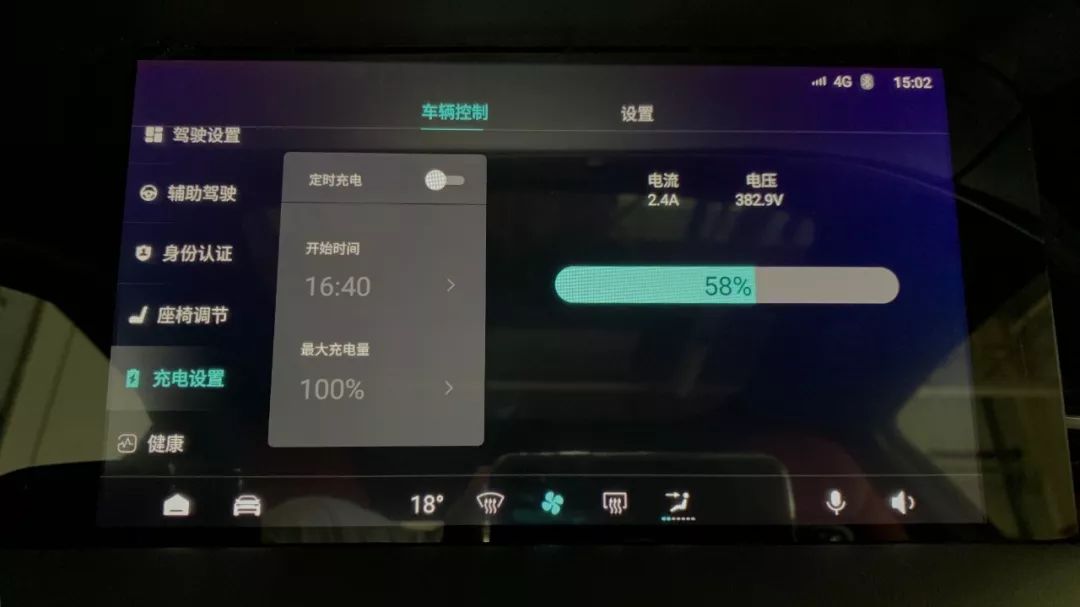
Second: Identity authentication, which is the Leap In biometric key. After entering the vein and facial information in the system, you can completely get rid of the physical key. Unlock the vehicle with your vein and start the vehicle with your face.
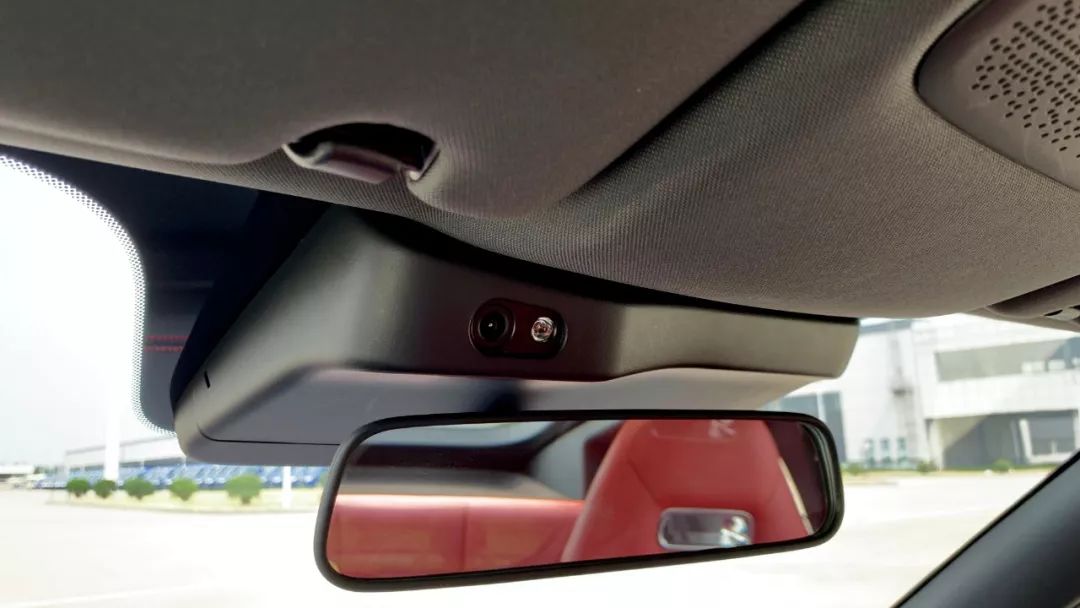
Facial recognition camera.
Moreover, different facial IDs can correspond to different in-car settings. When you enter the car, it will be familiar settings. Step on the brake and move the gear stick to start driving the vehicle. This design concept can provide seamless experience for car owners.
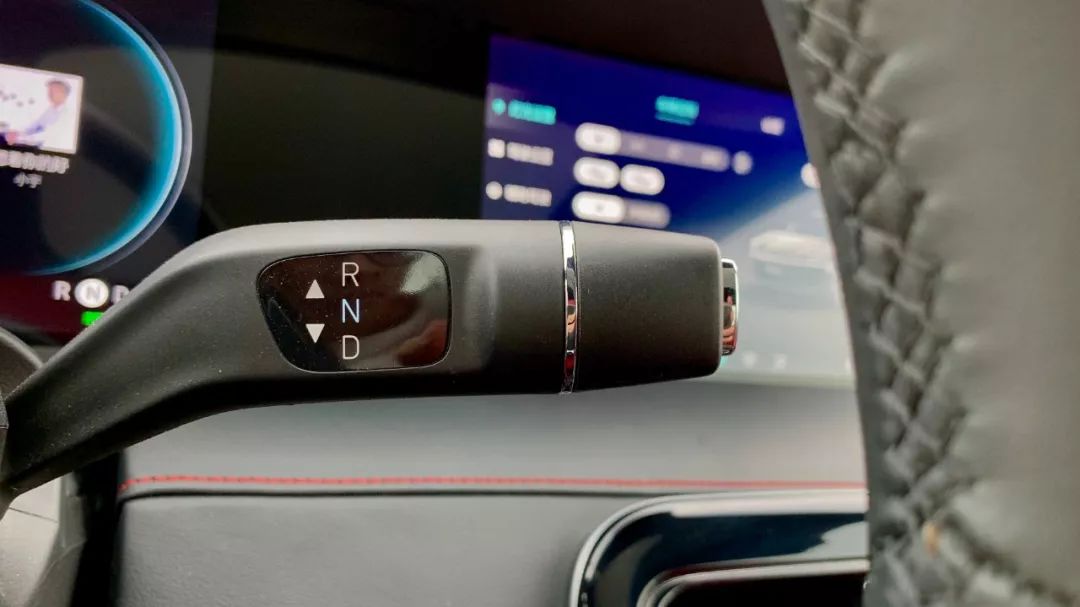
Of course, if you have not entered this information, you can still have a smooth experience by carrying the key with you.
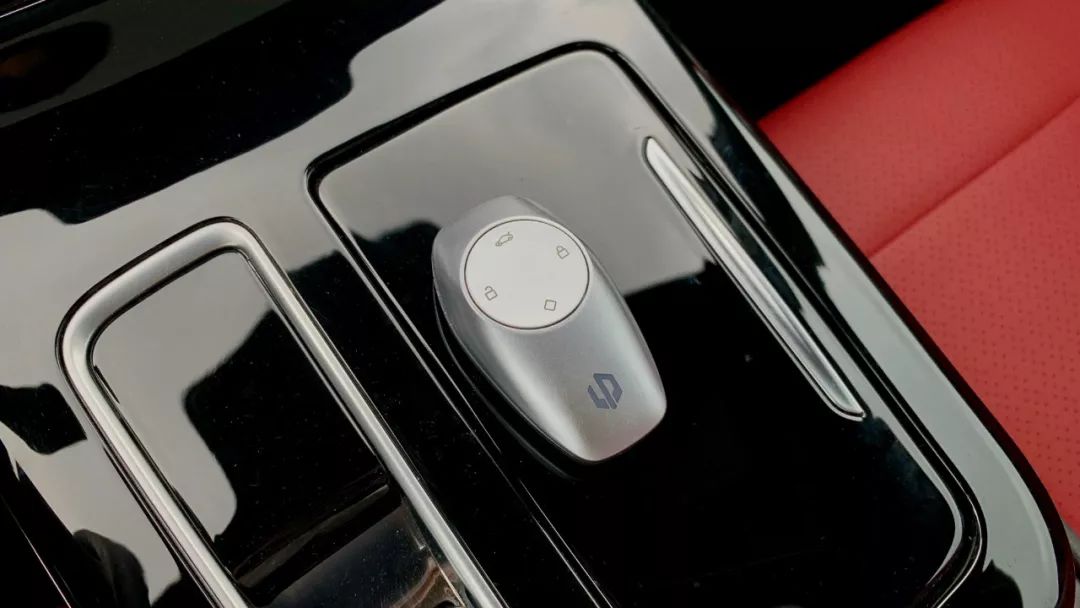 There are two display styles in terms of the instrument. Both interfaces are black and empty on both sides when not displaying navigation and multimedia information, which seems somewhat spacious. This issue will be optimized in the mass production version of the system, so I won’t comment on it too much here. I’ll wait for the final mass-produced version.
There are two display styles in terms of the instrument. Both interfaces are black and empty on both sides when not displaying navigation and multimedia information, which seems somewhat spacious. This issue will be optimized in the mass production version of the system, so I won’t comment on it too much here. I’ll wait for the final mass-produced version.
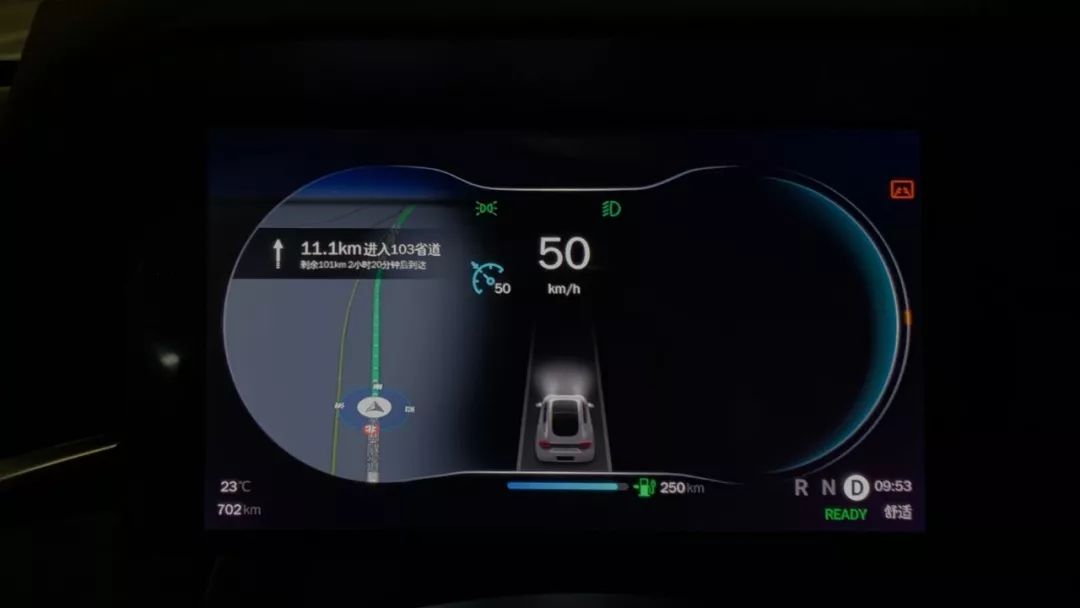
Of course, in addition to software functions, stability is also an important assessment criterion for the car’s infotainment system, which also needs to be verified after mass production.
Fun with Front-Wheel Drive
After the static introduction, let’s take a ride and see this sporty car in action. Regarding driving, I will talk about power, handling, and suspension.
The front axle of the LINGPAI S01 is equipped with a permanent magnet synchronous motor with a maximum power of 125 kW and a maximum torque of 250 N·m, which drives this lightweight car of just 1.2 tons easily, with a 0-100 km/h acceleration time of 6.9 seconds.
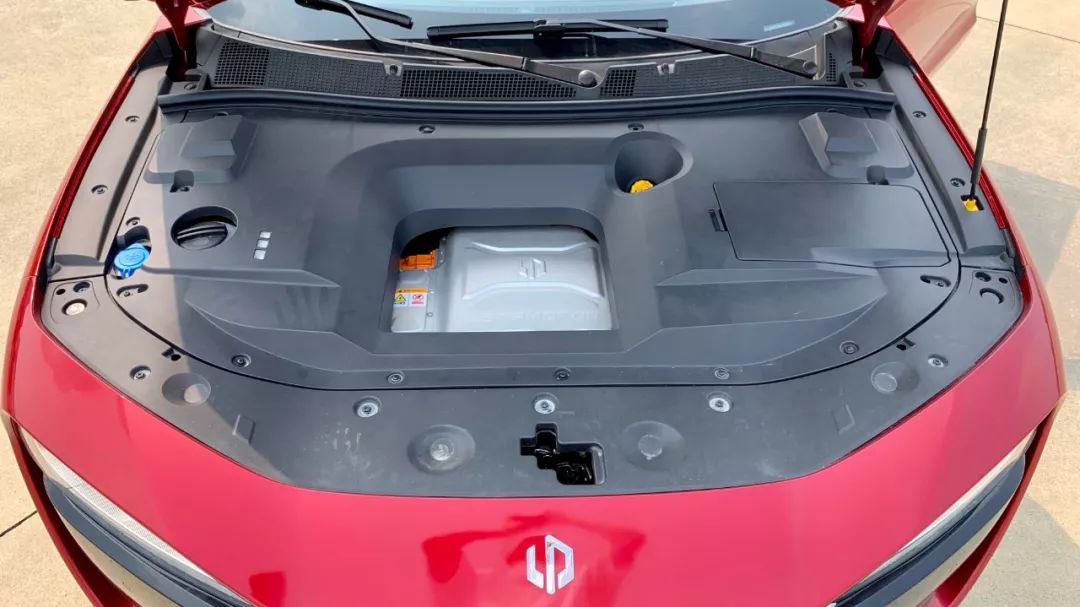
If this is an electric car of another brand, I might talk about actual experience directly after listing the data, but for S01, I need to say a few more words. The motor is named “Heracles,” which is independently developed by LINGPAI, with a transmission efficiency of 94.5%. In addition to this 125 kW motor, LINGPAI is also developing a motor with a maximum power of 160 kW and a maximum torque of 300 N·m, which is planned to be installed on the next model, C-more.
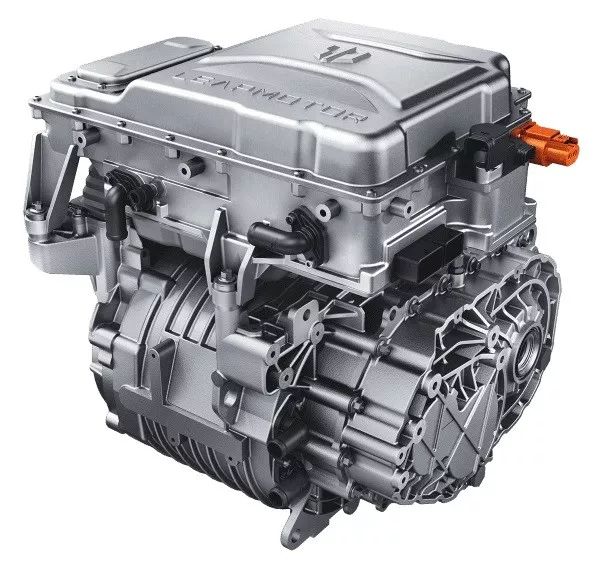
After actual experience, the acceleration performance of this motor is undoubtedly great, even at higher speeds overtaking is relatively easy.
However, there is a problem with the tuning. At the moment when the accelerator is pushed down or released, that is, when the power output or kinetic energy recovery switches, the vehicle will have a shake. This experience is not particularly good during actual driving, so I hope this problem can be resolved as soon as possible.
As for kinetic energy recovery, the recovery intensity of S01 is not adjustable and will only have a small change according to different driving modes. The intensity of kinetic energy recovery is relatively small, but it can achieve single-pedal operation to a certain extent. At the same time, S01 does not have a creep mode, and the regenerative braking force intervenes until the vehicle stops when the accelerator is released at low to medium speeds.The foot feel of the mechanical brake pedal is quite linear, but the establishment of braking force is not linear enough. When the brake pedal is slowly pressed down to halfway, the establishment of the entire braking force is still relatively linear. However, if the brake pedal is pressed down to halfway at a faster speed, the braking force of the vehicle may suddenly be established, and the whole process is somewhat uneven.
S01 performs well in terms of steering, with a slightly heavier steering feel, but the steering damping is very linear, and the torque and speed of returning to the center are also reasonable.
In terms of suspension, S01 uses a front MacPherson independent suspension and a rear torsion beam non-independent suspension. Although it is aimed at Japanese small cars like Mazda MX-5 and Toyota 86, this suspension form seems more like a challenge to French cars.
In daily driving, the overall feeling of the suspension is quite tough, and the road feeling is relatively clear. However, fortunately, this suspension filters out the bumps very crisply and does not produce too much aftershock.
When rapidly turning corners in the field, the vehicle has a relatively good lateral support and the center of gravity transfer is not particularly severe. On the contrary, the tires reached their limits first. By the way, the test vehicle we drove had an optional 17-inch wheel and a tire size of 205/45 R17 with the PREMITRA 5 by Magis as the tire model. Later, there will be sports tires available to choose from.
305 km is Sufficient for daily use
The S01 380 version has a NEDC range of 305 km, with a battery capacity of 35.8 kWh, using 18650 cylindrical battery cells provided by BYD in Shenzhen. The modules, PACK, and BMS are independently developed by Leapmotor. Moreover, the temperature difference of the entire PACK is controlled within ±1.5℃. The S01 460 version has a NEDC range of 380 km and will use 2170 battery cells provided by BYD in its 46 kWh battery. It will be available on the market by the end of 2019.
In terms of range, due to time constraints and the fact that the test drive vehicle was a trial production car without a license plate, we could only drive on intercity roads. Therefore, the range performance in this test is for reference only.Let me first introduce the background. On May 28th, we departed from the headquarters of Lynk & Co in Hangzhou and headed to International Trade City in Yiwu, Jinhua. The navigation distance was 120 km, and the round-trip was planned to be 240 km without charging halfway.
I drove the car with two adult males and some luggage on board, tire pressure at 2.5 bar, driving mode in comfort mode, and air conditioning set at 23 degrees with the 3rd level of wind speed. The outside temperature was 24 degrees. With a departure SOC of 97%, the displayed range was 252 km. The staff said that the displayed range was estimated based on the previous driving energy consumption, and the software is still being optimized. Therefore, the change of the displayed range is not recorded this time.
We set out at 9:21 a.m. and arrived at the destination at 12:41 p.m., with a total time of 3 hours and 20 minutes. The arrival SOC was 59% and the total distance was 119.7 km. The overall route and changes in speed are shown in the following figures. The average speed throughout the trip was 36 km/h.

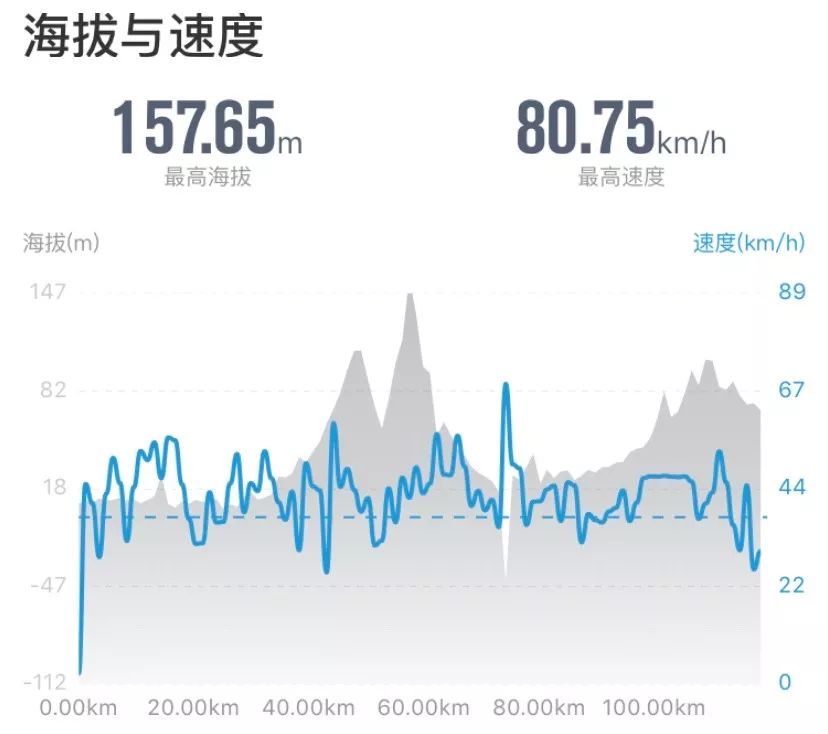

According to the system, the travel distance was 114.2 km, with a total power consumption of 14.1 kWh and an average energy consumption of 12.3 kWh/100 km. On the central control screen, the current mileage, mileage since last charging, subtotal mileage, total power consumption, average power consumption are displayed. It would be better if the average speed could also be displayed.
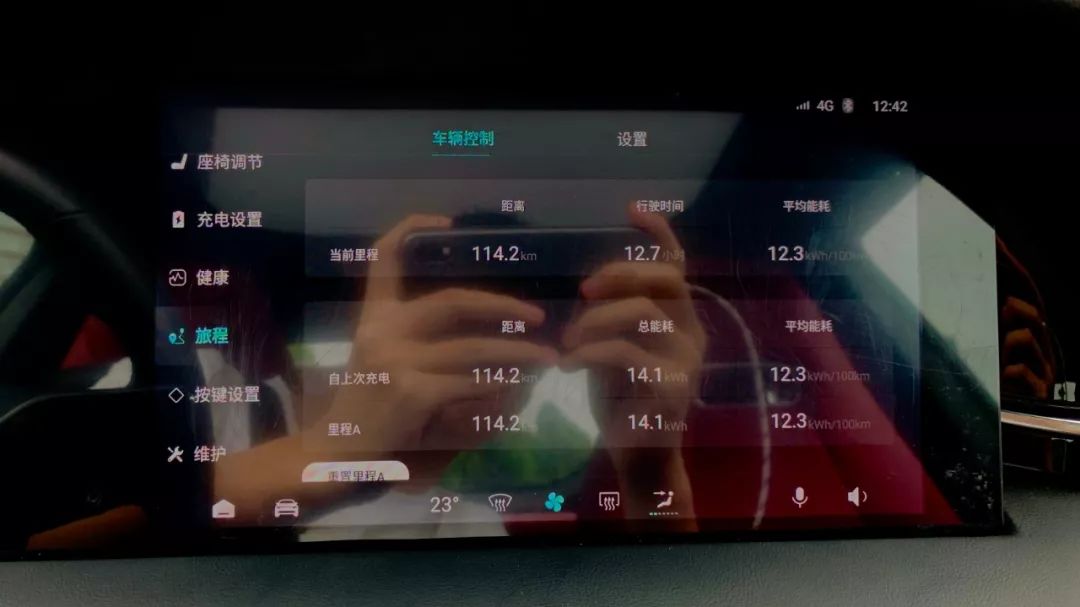
Due to time constraints, Lynk & Co’s staff drove the car back to Hangzhou. The average energy consumption since the last charging was only 11.0 kWh/100 km.
Considering the 1.25-ton weight, 0.29 Cd drag coefficient, and low-power permanent magnet synchronous motor of the Lynk & Co 01, the theoretical energy consumption of this car is not high. Moreover, the 305 km range is sufficient for daily use.
Fully self-developed assisted drivingTranslate the Chinese markdown text below into English markdown text, while maintaining HTML tags inside the Markdown in a professional manner and only output the result
To conclude with the assistant driving feature of Liangdao S01, since the vehicle used for this test drive has not yet released the complete version of Leap Pilot, and the mass production version will not be available until this October, I haven’t had the experience yet. However, the hardware for the assistant driving system has been pre-installed on the Liangdao S01 Pro model.
It is worth mentioning that Liangdao has independently developed this assistant driving system from the perception hardware (camera) to the image processing chip and to the assistant driving algorithm, which is a very challenging task, but Liangdao has chosen to undertake it themselves. Hence, I am particularly looking forward to the driving performance of this assistant driving system!
A Summary
After this test drive experience, I have a few thoughts to share with you:
-
S01’s small and agile body makes it very flexible when traveling around the city, and its use cost is also low. However, S01 has a relatively niche appearance, and the seating space is also relatively limited. If you don’t have too many requirements for space and like to show your personality, Liangdao S01 is still a good choice.
-
This is a smart small car that is relatively high in automation compared to traditional fuel vehicles, and it has also greatly improved the convenience of use. There are currently no obvious rivals in the price range of just over 100,000 yuan.
-
S01’s endurance data is not impressive, but it is more inclined towards practicality, so in the case of low cost, it is an excellent choice for urban commuting.
-
From the perspective of three-electric and assistant driving technology, Liangdao is a brand with strong independent R&D capabilities. This road is destined to face many challenges, but if Liangdao’s self-developed technology is good enough, it will also help Liangdao to stabilize its position in the industry.


- A Lesson on Three-electric Technology from Liangdao* Is NIO the Underdog of China’s Driverless Car Industry?

This article is a translation by ChatGPT of a Chinese report from 42HOW. If you have any questions about it, please email bd@42how.com.
